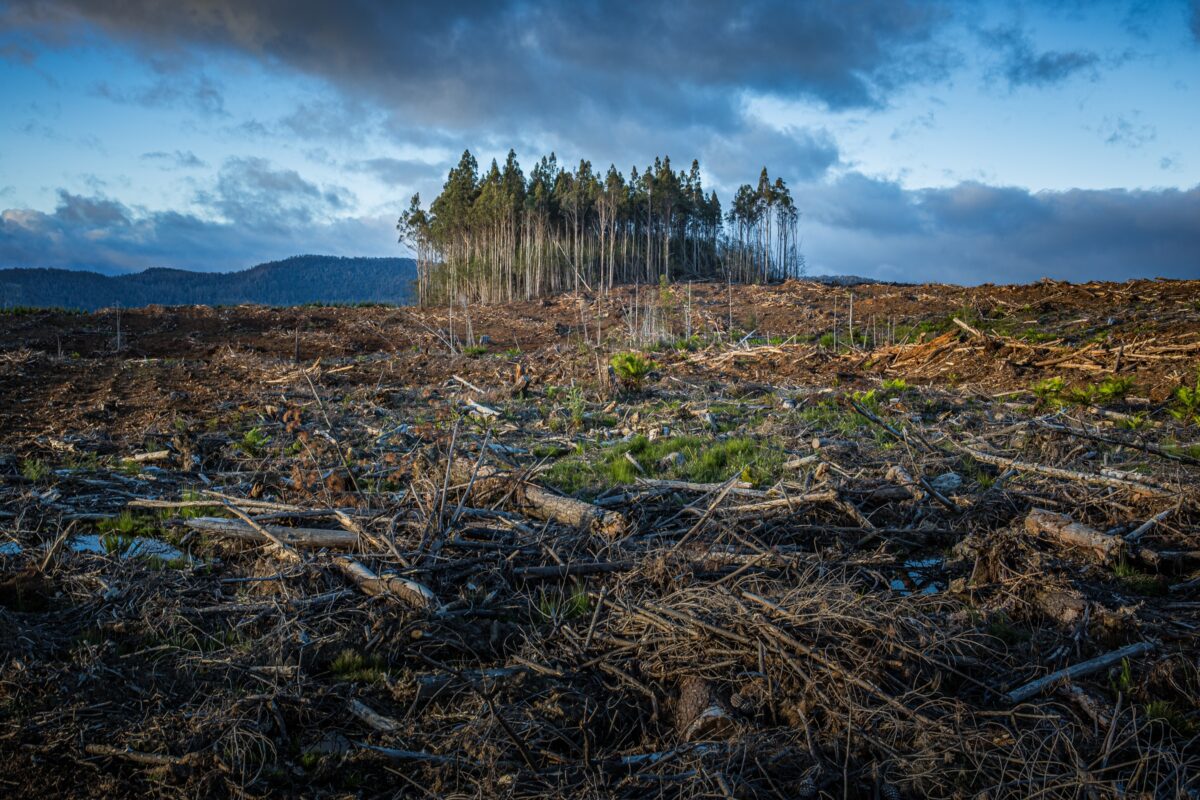The grub-like larvae tap their cocoons in a strange chorus inside a plant stem with calluses.
In late summer, a light crackling sound floats over a field in northern Switzerland. It comes from a dozen larval mason bees hitting the inner walls of their herbaceous nest, concealed within a dead, dried plant stem.
Adult bees and wasps make a number of buzzing sounds, but their young are usually believed to be deaf. Researchers write in the Journal of Hymenoptera Study on February 25 that the babies of at least one bee species make themselves heard by playing percussion instruments that grow out of their faces and rear ends.
The larvae’s chorus of tapping and rasping may be a clever way to confuse predatory wasps.
The mason bee (Hoplitis tridentata), unlike honeybees, is a solitary creature. Females chew into dead plant stems and lay their eggs within, typically in a single row of chambers running the length of the stem.
The larvae feed on pollen left by the mother after hatching, spin a cocoon, and overwinter as pupa inside the stem.
For the past 20 years, Andreas Müller, an entomologist at the Zurich-based Natur Umwelt Wissen GmbH, has been researching bees in the Osmiini tribe, which includes mason bees and their close relatives.
When he and his colleague Martin Obrist noticed that H. tridentata populations were decreasing in northern Switzerland, they set out to support the bees.
“We offered the bees bundles of dry plant stems as nesting sites, and when we checked the bundles we heard the larval sounds for the first time,” says Müller. “This is a new phenomenon not only in the osmiine bees, but in bees in general.”
He and Obrist, a biologist at the Swiss Federal Institute for Forest, Snow and Landscape Research in Birmensdorf, collected stem nests from the field and subjected them to a variety of physical disturbances in order to figure out what forms of pestering cause the bee larvae to drum.
The duo cut windows into the stems of certain nests so they could examine larvae through the transparent cocoon walls, revealing the mystery of how the insects made the noises.
The larvae have a callus in the center of their face and another around their anus in the form of a horseshoe.
The team discovered that when the larvae are jostled, they easily rasp their anal callus against the cocoon wall, making a loud squeaking sound. This encourages the other siblings to join in, and they spend the next few minutes tapping their castanet-like face instruments against their cocoons, creating a light crackling sound.
The sounds tend to be the first heard by hymenopteran larvae (bees, wasps, and ants), an insect order that includes bees, wasps, and ants. It’s also probable that the appearance of two separate instruments on the same animal is a first. “I am not aware of the larvae of other insect taxa that have two different organs to produce sounds,” says Müller.
The majority of bee activity is understood from adulthood, but many bees spend the majority of their lives as larvae or pupae, according to Robert Minckley, an entomologist at the University of Rochester in New York who was not involved in this report. “There is a lot to discover about this part of the life cycle. Plus, so few solitary bees have been studied at all”.
Minckley wonders how much energy the larvae expend making music, given that they have a limited amount of food within their brood cells. “Expending this energy is extracting a cost towards making it to the adult stage,” he says.
Percussion like this can pay off in the form of security. It’s likely that the bees’ rasping and drumming is an adaptation for growing up in such thin-walled environments, where they’re vulnerable to “parasitoid” wasp exploitation. These wasps gently tap a plant with their antennae, listening for an echoed sound that indicates where the larvae are.
The wasps then inject their own eggs into the brood cells via the stem wall. The wasp’s larvae then eat the host alive when the eggs hatch.
When a wasp is detected, the bee larvae’s noisy rear end rasp can serve as a warning signal to the nest, and the minutes of tapping that follow can confuse the wasp’s senses.
Since wasps may take a long time to find their hosts, the larval tapping can continue for half an hour or longer after the initial agitation. Müller now wants to see whether wasps’ sonic probing causes bees to begin drumming. In the larvae of a single species of wood-boring beetle, a strikingly similar chorus has been discovered (Icosium tomentosum).
The beetle larvae mature inside dry tree branches, and spend minutes scraping their mouthparts against the inside of the bark when disturbed. This too has been suggested as a defense against parasitoid wasps.




